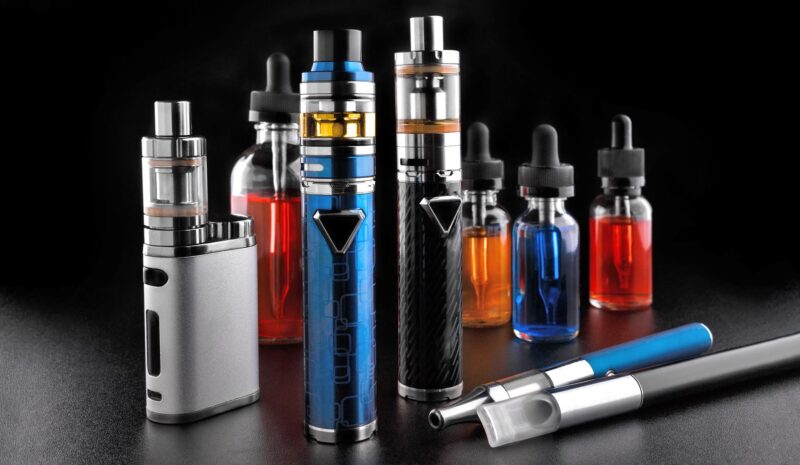In 2025, the vaping world is tasting a bit different – literally. Buyers are more selective, ingredient-conscious, and surprisingly nostalgic. Flavors are evolving, not just based on what’s sweet or bold, but on what feels right for the moment, whether that’s a memory of summer fruits or a herbal blend that feels like self-care.
This year isn’t about chasing clouds; it’s about chasing flavor experiences that align with lifestyle and values. So what’s actually moving in the market, and what’s just marketing?
Key Highlights:
- 2025 buyers are choosing clean, layered flavors over artificial candy types
- Fruit blends remain dominant, but florals and herbal infusions are rising fast
- Health-conscious consumers are asking harder questions about ingredients
- Disposable vapes are popular for their flavor integrity
- Global flavor bans are reshaping what’s available and what’s in demand
- Natural terpenes and nostalgic combos are defining premium trends
The Shift from Sweet Overload to Layered Flavor Profiles
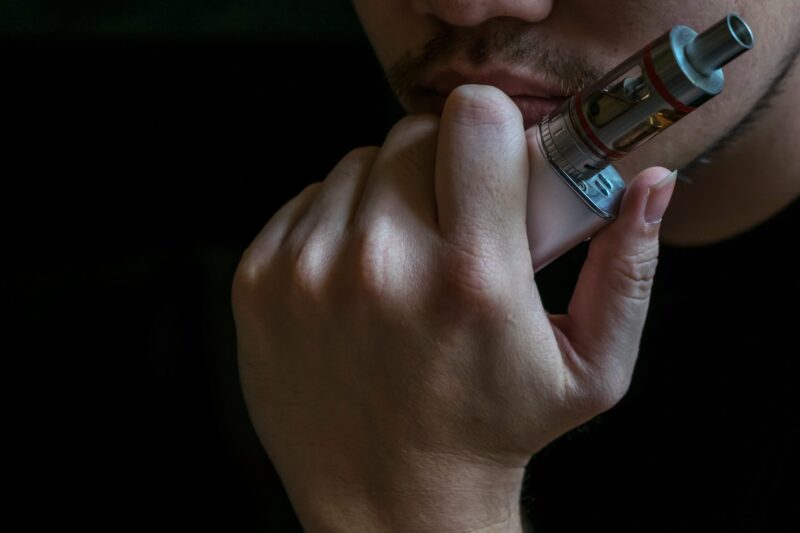
For years, sweet and candy-flavored vapes dominated the scene. Bubblegum, cotton candy, blue raspberry – there was a time when everything in a vape felt like it came from a carnival.
But in 2025, buyers are asking for more complexity. Not necessarily “less sweet,” but less flat.
Flavors now often combine fruit, mint, and even botanical notes to add dimension. Think: peach with basil, or mango blended with cooling aloe.
These aren’t just attempts to sound fancy – users report better flavor endurance, less vape fatigue, and an overall more satisfying pull. This signals a clear demand for elevated taste profiles, even in simple devices.
Why Fruit Still Reigns – But Not the Way You Think

You’d expect fruity flavors to still lead – and they do – but not in the way they did a few years ago. Rather than neon-sweet synthetics, what’s trending now is what insiders call realistic fruit. That means ripe mango, soft blueberry, or tangy citrus – with just the right balance of tart and sweet. Sometimes blended, sometimes solo.
For example, the Hitz 2G disposable line offers carefully layered fruit-forward flavors that appeal to this cleaner taste preference. Its popularity stems from consistency – what you taste on the first puff is what you get on the fiftieth. For users tired of devices that fade or shift in taste, that’s a major selling point.
More casual buyers also gravitate to disposables like this because they don’t have to worry about mixing juice or adjusting coils. The appeal is clear: convenience without sacrificing flavor quality.
The Quiet Rise of Botanical and Herbal Flavors
Here’s a trend no one predicted would hit this hard: herbal, floral, and earthy flavors are gaining traction. Lavender-chamomile, green tea mint, eucalyptus-peach – yes, these are real. And they’re not just niche or “hippie vapes.” They’re being chosen by people who once favored the usual suspects like strawberry-kiwi.
Why? Two reasons:
- These flavors tend to be less overwhelming for all-day use.
- They feel healthier – even if that’s psychological.
While clinical studies haven’t caught up to every trend, one thing’s clear: perception matters. Buyers associate herbal blends with a more “natural” experience. Brands that use organic flavorings or terpenes often call this out explicitly on their packaging – and it works.
Nicotine-Free Doesn’t Mean Flavor-Free Anymore
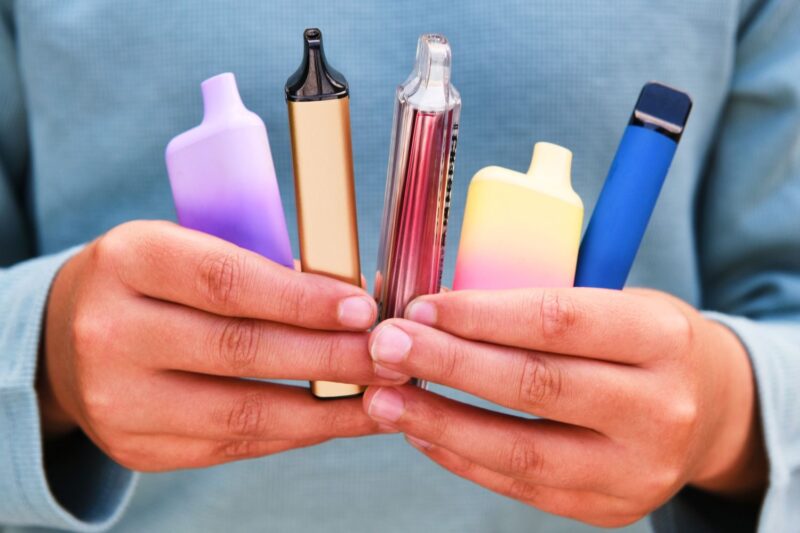
In previous years, going nicotine-free meant sacrificing intensity or throat hit. Not anymore. Thanks to advancements in formulation and delivery systems, even 0mg vapes can deliver robust flavor and a satisfying puff.
More buyers in 2025 are turning to vaping as an alternative to traditional smoking – not just for nicotine replacement, but for oral fixation or stress management. This opens the door for smoother, mood-based flavors like cucumber mint or spiced chai.
Brands are responding by releasing entire flavor lines aimed at flavor-first, nicotine-optional users. It’s less about the buzz, more about the ritual.
What’s Going Out of Style in 2025?
Just as new flavors rise, others fade. Here are a few that are trending downward:
- Overly synthetic desserts – Think cotton candy, gummy bear, and vanilla cupcake.
- Overcooling menthols – The kind that numb your tongue and overwhelm other notes.
- Unbalanced blends – Flavors that sound good on the label but clash on the exhale.
There’s also a growing skepticism around flavors that rely too heavily on artificial additives, especially among older users. Transparency in ingredient sourcing is becoming a subtle but real marketing advantage. Consumers are reading labels more carefully, and vague “natural flavoring” just doesn’t cut it anymore.
Global Flavor Regulations Are Changing the Landscape
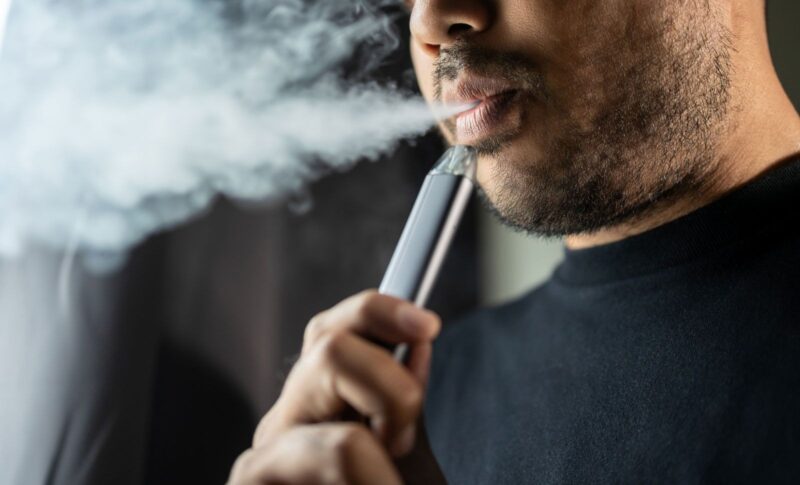
One major force shaping vape flavor trends in 2025 isn’t consumer preference – it’s legislation. Many countries and U.S. states have banned flavored nicotine products outright or have restricted certain ingredients. This has led to a split market: regulated areas stick to tobacco or menthol, while others remain more flexible.
Interestingly, this hasn’t stopped creativity – it’s redirected it. Brands are responding by:
- Developing compliant versions of fruity or sweet flavors using alternative labeling
- Expanding non-nicotine flavor offerings
- Partnering with terpene suppliers from the CBD world to offer “taste without buzz”
Expect to see more euphemistically named flavors like “Sunshine” or “Frost Bloom” where once you’d find “Strawberry Ice” or “Blue Slush.”
The Power of Nostalgia and Familiarity
People vape for many reasons – habit, stress, enjoyment – but in 2025, flavor is becoming deeply tied to memory. Brands are catching on. There’s a growing wave of nostalgic flavor releases: apple pie, classic cola, and even cereal milk.
These aren’t your typical sweet shots; they’re being crafted to trigger emotional recall. A cinnamon-toast vape might not just taste like breakfast – it might feel like Sunday morning in your grandmother’s kitchen.
The emotional side of flavor matters more than many expect. It’s why seasonal releases – like pumpkin spice or cranberry cider – continue to succeed year after year. In a saturated market, sentiment sticks.
Ethical Ingredients and Clean Labeling Win Trust
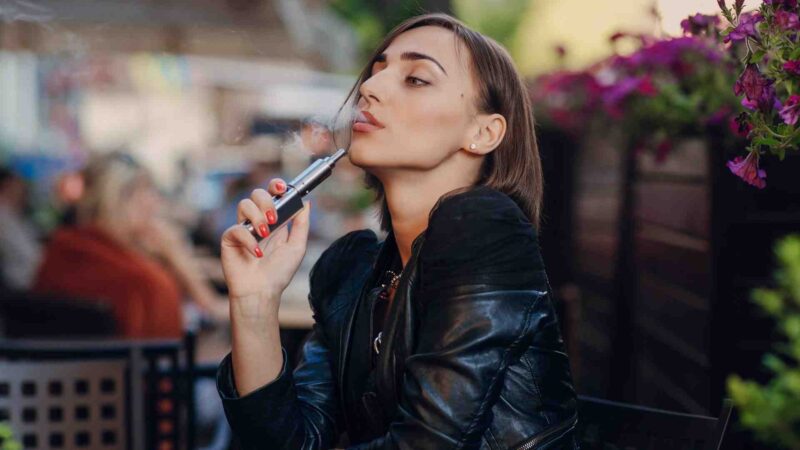
Another theme in 2025: accountability. More users are asking what’s in their vape, not just how it tastes. That means:
- Is it diacetyl-free?
- Are the flavorings FDA GRAS-rated?
- Is the packaging transparent about what’s inside?
Brands that provide this information up front are earning long-term loyalty. Especially among adults 30+, who are not as dazzled by neon ads or hype videos.
Clean branding, QR-code traceability, and independent testing – these are no longer luxury features. They’re the expectation.
What the Data Says: Most Chosen Vape Flavor Profiles in 2025
| Flavor Category | Popularity Rank | Buyer Appeal |
|---|---|---|
| Mixed Berry + Ice | #1 | Balanced sweetness and cooling effect |
| Mango + Aloe | #2 | Tropical, mellow, non-syrupy |
| Mint + Green Tea | #3 | Clean, herbal, relaxing |
| Blue Raspberry | #4 | Still loved, but only in realistic form |
| Classic Tobacco Blend | #5 | Resurgence in older buyers and new users |
This data reflects sales trends from large marketplaces and direct-to-consumer channels. The key takeaway? Simple flavors with layered nuance continue to outperform complicated blends.
Final Thoughts: Vaping in 2025 is All About Experience
At the end of the day, flavor trends aren’t just about what’s popular – they reflect how people are using vaping in their lives. Some vape to replace smoking, others for pleasure, and more are using it as a flavored ritual tied to their mood or mindset.
In this landscape, trends aren’t dictated by hype alone. Buyers are more informed, more sensitive to quality, and more skeptical of anything that feels overly marketed.
Flavors that endure are the ones that don’t just taste good – but feel right. Clean, balanced, emotionally resonant. That’s what 2025 is shaping up to be all about.

